loud music
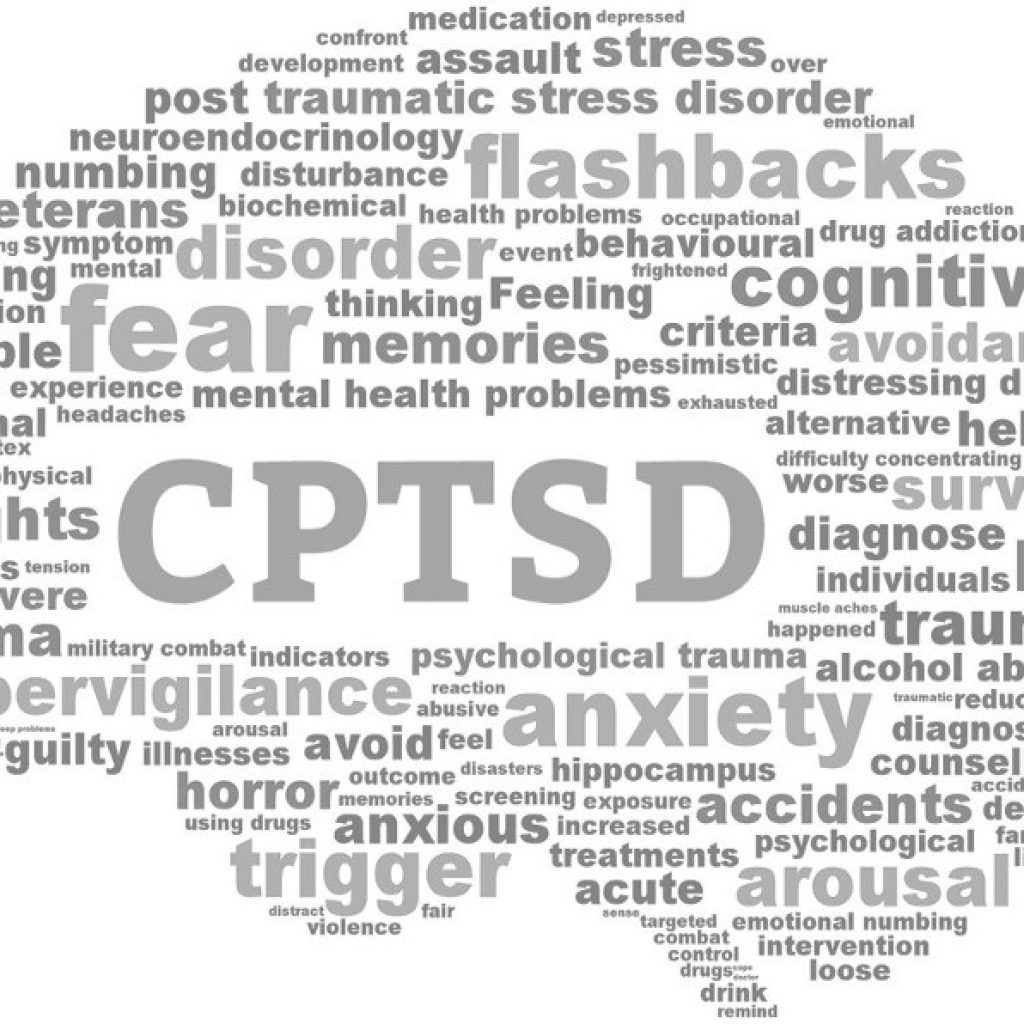
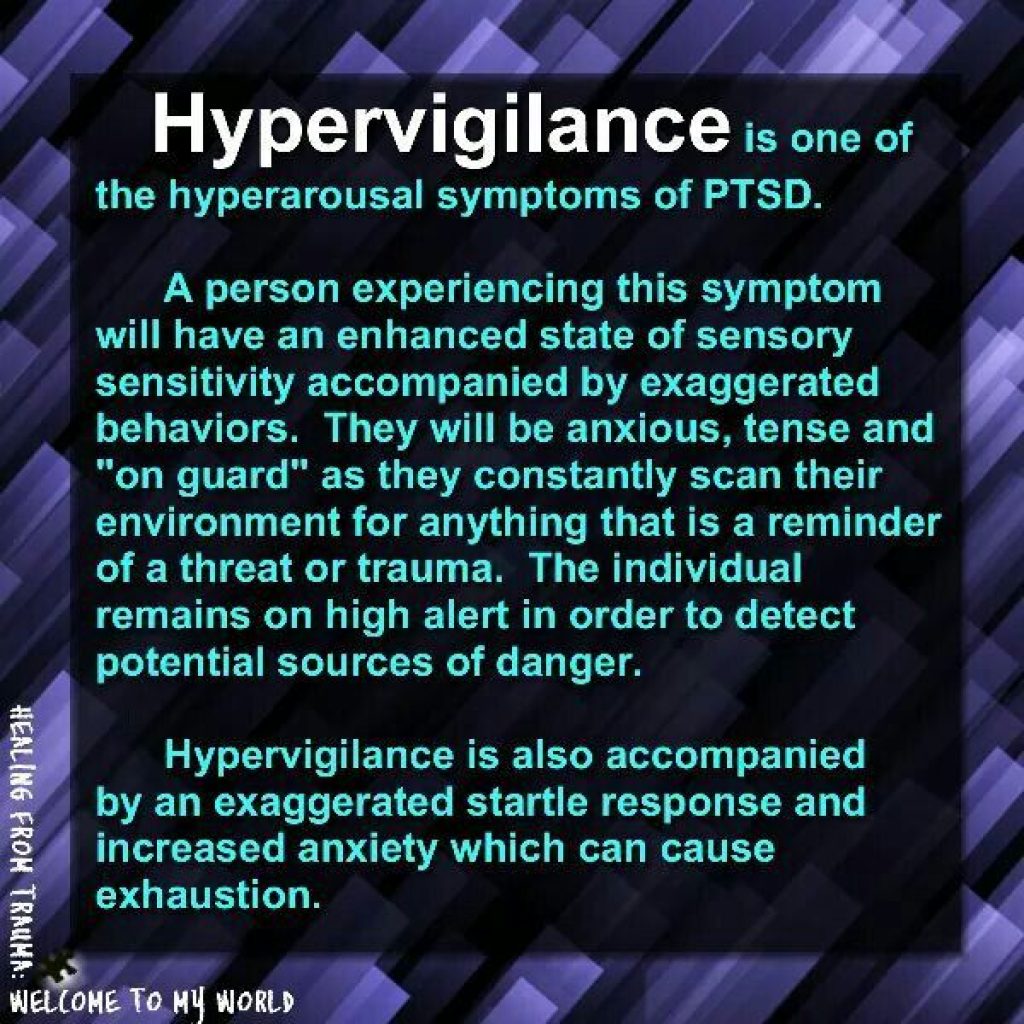

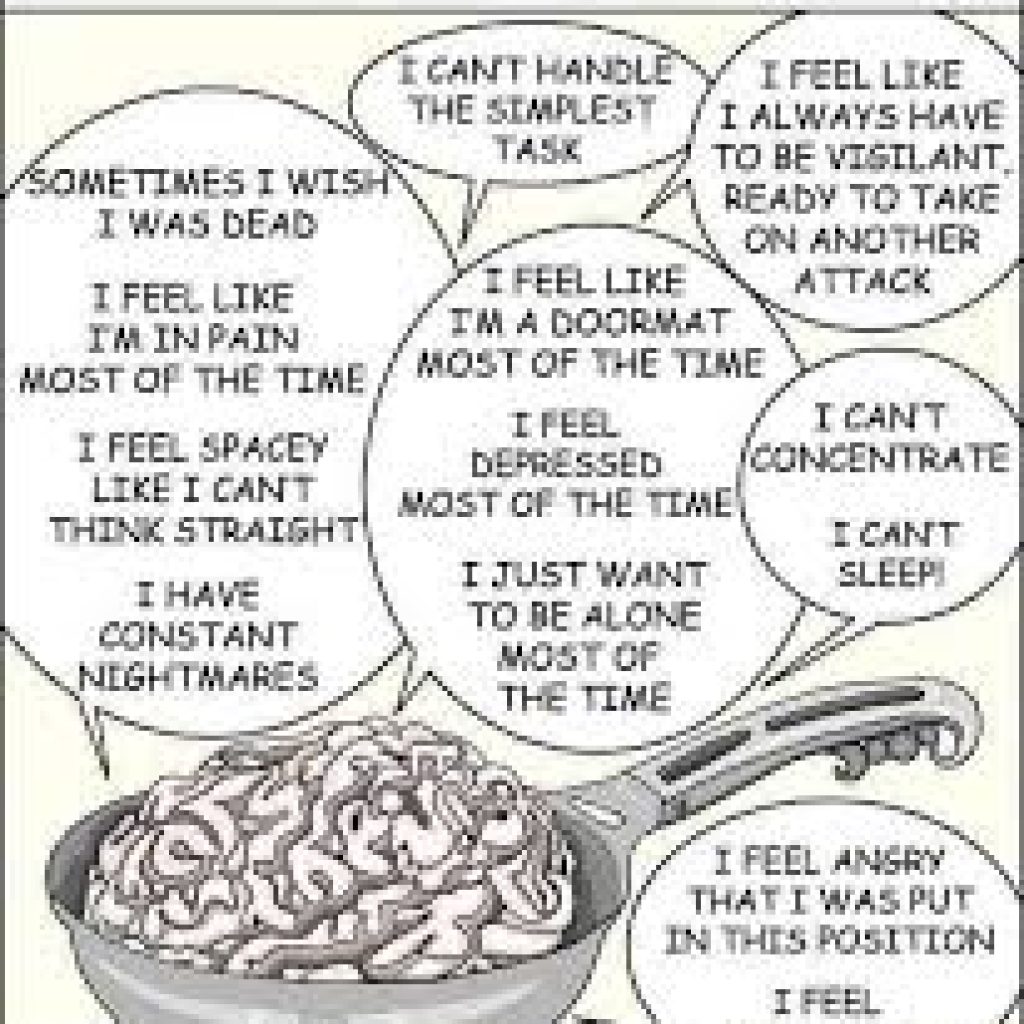
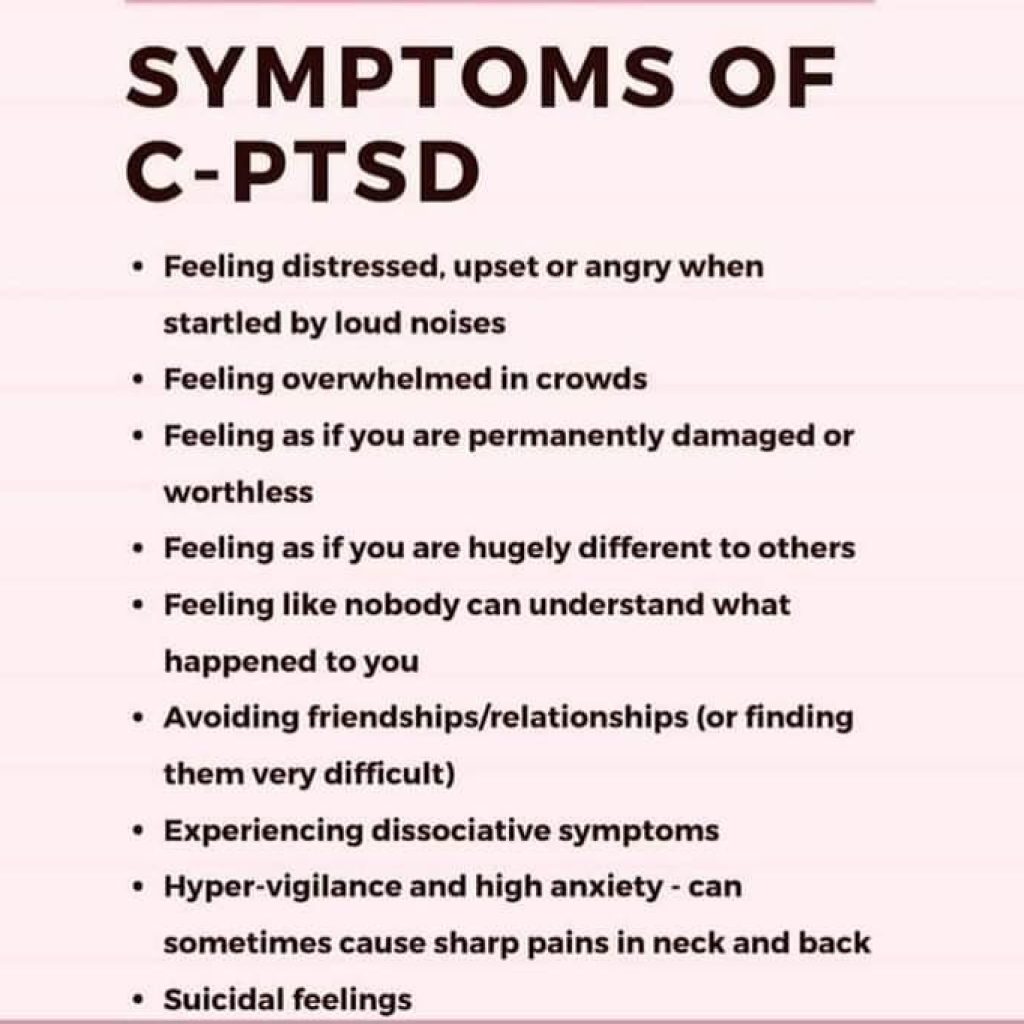
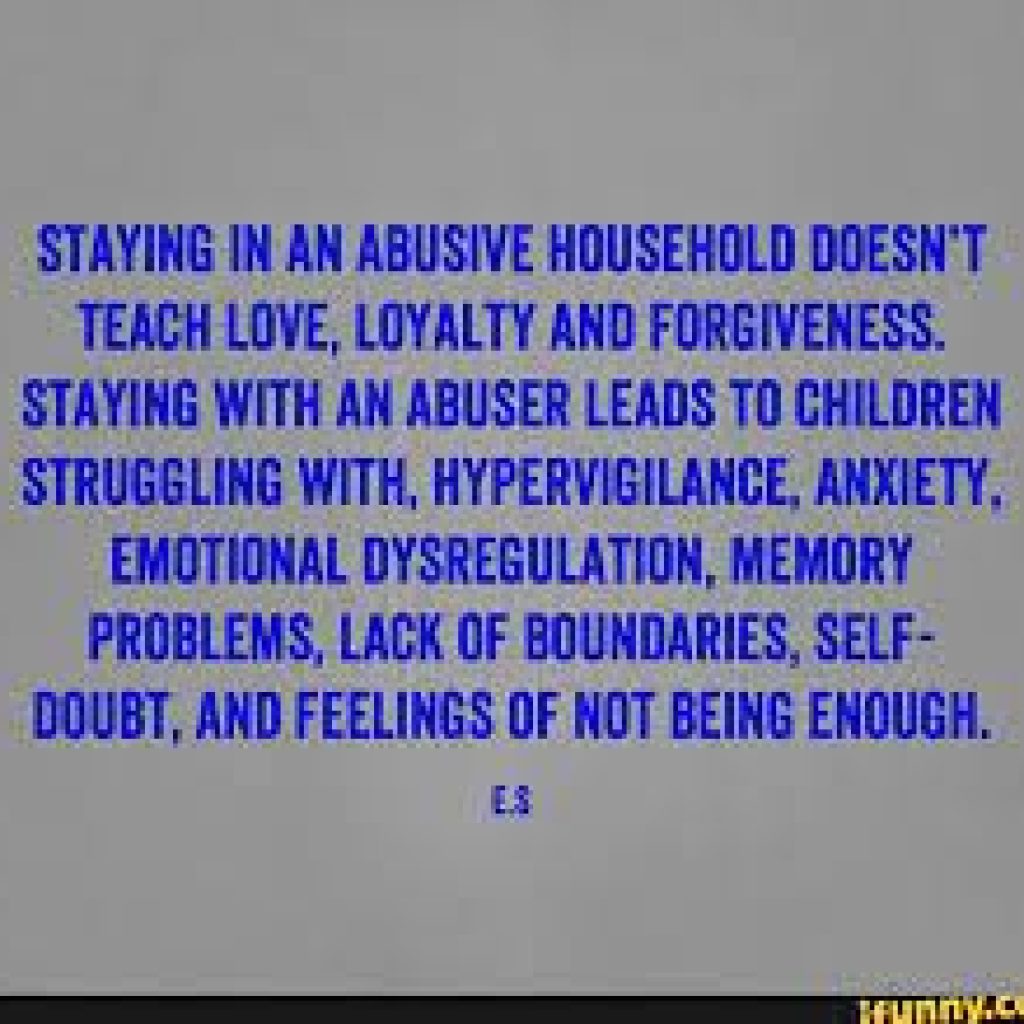
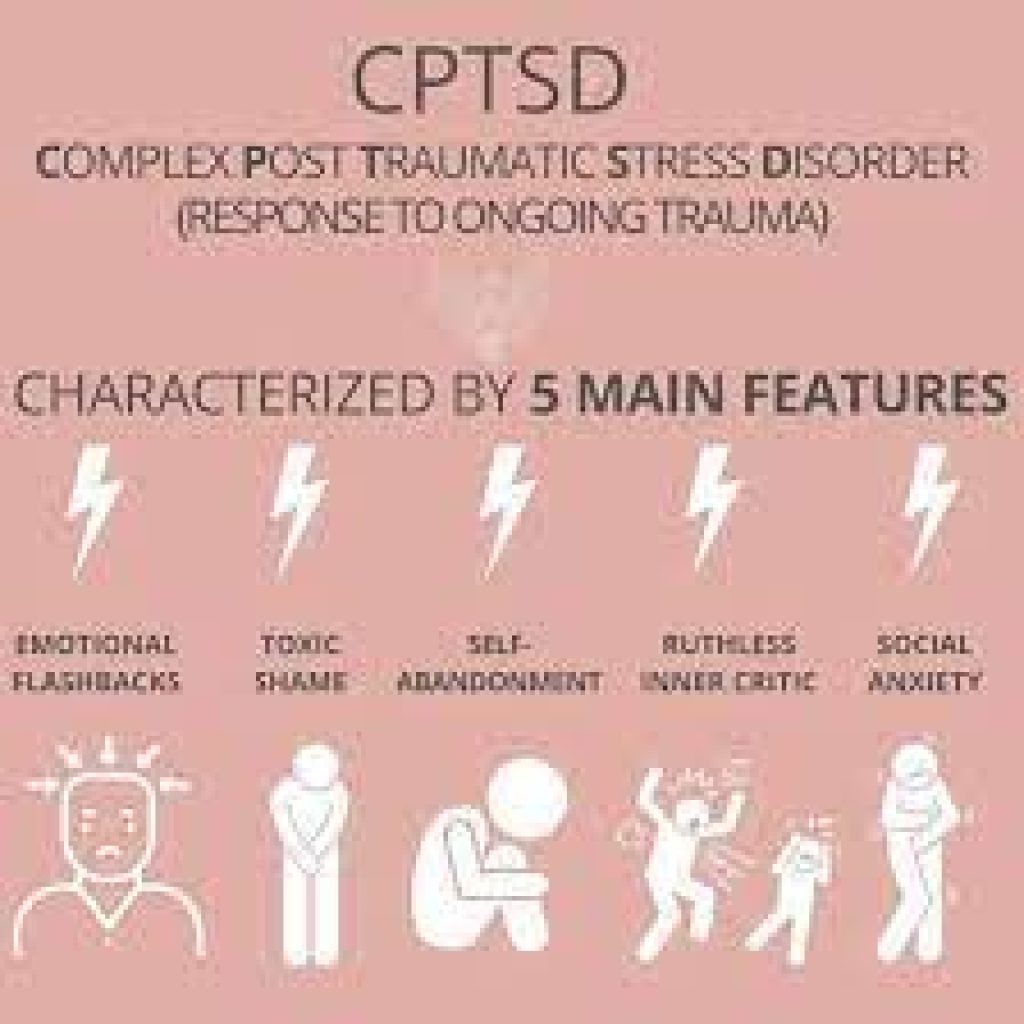

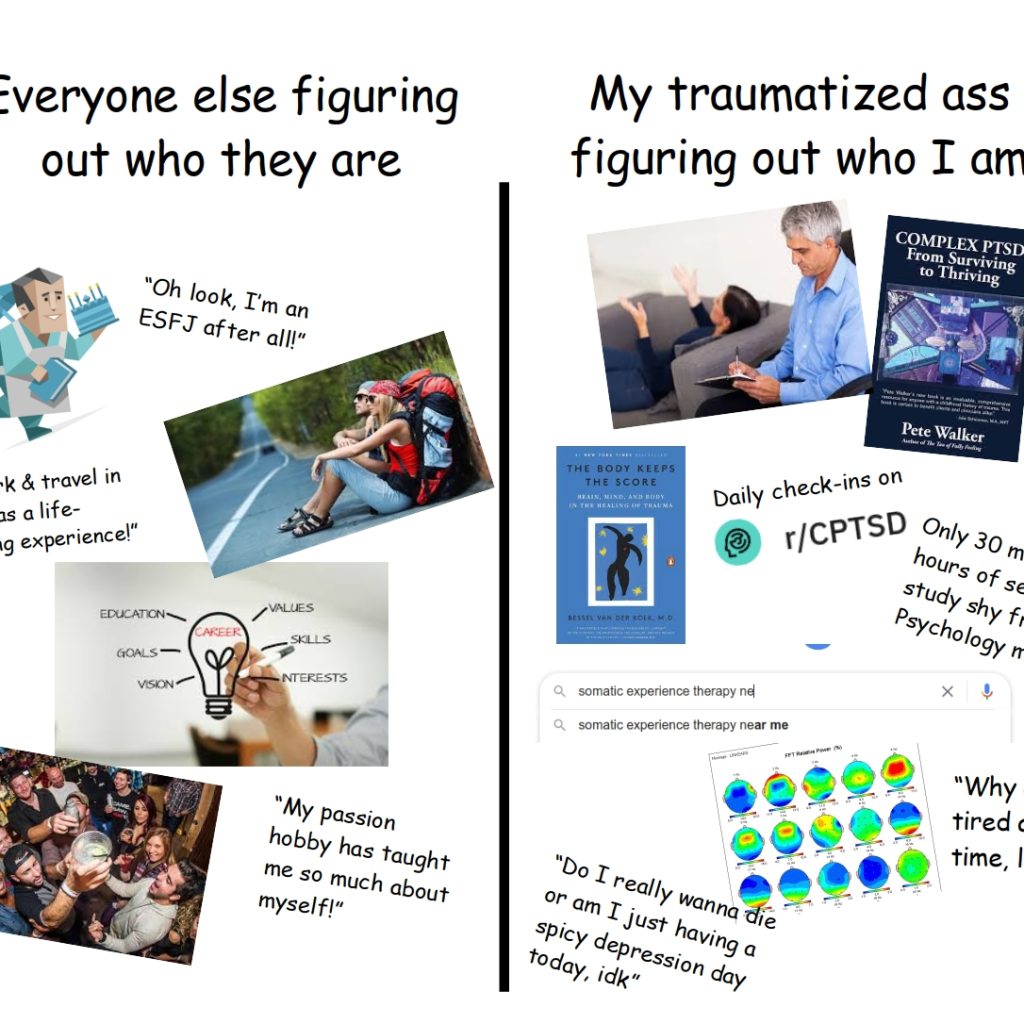



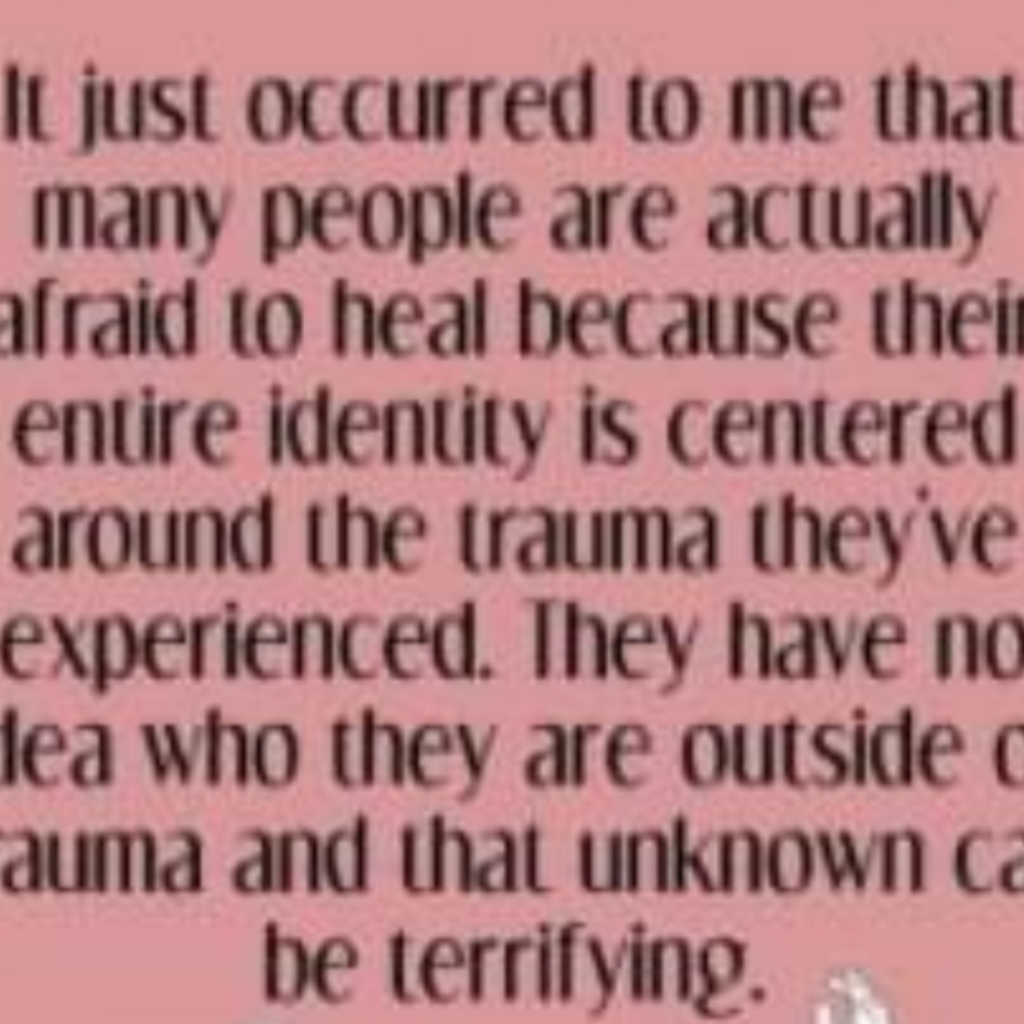



10 Things To Say To Someone With CPTSD (And Not Say)
Jul 21 Written By Canh
10 Things To Say To Someone With CPTSD
- I hear you. I’m listening.
- It’s not your fault what happened to you.
- Your feelings matter to me. You are important to me.
- What would help you right now as you feel overwhelmed and anxious? Making a list? Brainstorming what we can do together if something happens? Slowing down and breathing? Taking a break?
- I’m not sure what to say right now, can I sit next to you and just be here for you?
- Would you like to tell me more? No pressure. I’m here to listen.
- I’m here for you. You’re not alone.
- Your reactions and symptoms make sense based on what you’ve been through.
- There is nothing wrong with you. You are not crazy.
- You’ve been through a lot. I know it’s not my fault, but I’m sorry.
The goal is to:
- Validate (hearing some kernel of truth in what they are saying, not necessarily agreeing)
- Actively listening (listening to understand not interrupt)
- Foster connection (to let them know they are not alone)
- Be authentic
- Be present and attuned
10 Things Not To Say To Someone With CPTSD
- It wasn’t that bad, was it?
- That happened in the past, why are you still upset?
- Calm down.
- You’re overreacting. It’s been years now. Get over it.
- You’re too much right now.
- What’s wrong with you?
- I don’t believe anything you’re saying.
- You are crazy. You are dramatic.
- Stop crying.
- Other people have gone through worse things. Are you serious?
The goal is not to:
- Minimize their experiences
- Invalidate or dismiss their experiences
- Compare their experiences
- Blame them
- Shame them
Ways To Support Someone With CPTSD
- Be curious (rather than judgmental)
- Validate their feelings and thoughts (rather than minimizing and invalidating)
- Emphasize strengths (rather than deficits)
- Practice consistency and structure (rather than constant changes)
- Anticipate distressing events and problem solve/brainstorm possible solutions
- Use direct assertive communication (mean what you say and say it as directly as possible vs. passive, passive aggressive, aggressive forms of communication)
- Let them know that perfection doesn’t exist, they don’t need to be perfect, and mistakes aren’t bad (and that mistakes/ruptures/tensions/conflicts are to be expected and that you can work through them together)
Taking Care Of Yourself While Supporting Someone With CPTSD
- Take good care of yourself (rest, relax, sleep, eat well, drink water, exercise, spend time with other friends/family)
- Assert your boundaries directly (let them know what you need and want, such as taking a break from communicating 24/7)
- Accept you cannot help them with everything nor should that be your responsibility/role (having boundaries is healthy)
- Let them know your boundaries if/when they cross/violate them (just because someone has a history of trauma does not excuse abusive or manipulative behavior)
- Understand your own trauma and triggers (separate what is yours and what is not yours to bear/is responsible for)
- Seek professional help (e.g. therapy, support group) who has training in CPTSD and can offer you a third ear/perspective on what may be going on
What is Complex PTSD?
PTSD is a singular event such as being in a car accident, sexual assault, experiencing an earthquake or natural disaster, or witnessing violence.
Complex PTSD is repeated, chronic, and ongoing traumatic experiences usually from early childhood to adolescent to adulthood, but can be any prolonged period of time ranging from months or years at a time.
These repeated experiences indelibly shaped individual’s thoughts, feelings, behaviors and ultimately identity and relationships with themselves and others.
From the International Classification of Diseases (ICD): Complex post traumatic stress disorder (Complex PTSD) is a disorder that may develop following exposure to an event or series of events of an extremely threatening or horrific nature, most commonly prolonged or repetitive events from which escape is difficult or impossible (e.g. torture, slavery, genocide campaigns, prolonged domestic violence, repeated childhood sexual or physical abuse). All diagnostic requirements for PTSD are met.
In addition, Complex PTSD is characterized by severe and persistent:
- Problems in affect regulation;
- Beliefs about oneself as diminished, defeated or worthless, accompanied by feelings of shame, guilt or failure related to the traumatic event; and
- Difficulties in sustaining relationships and in feeling close to others.
These symptoms cause significant impairment in personal, family, social, educational, occupational or other important areas of functioning.
Who Coined Complex PTSD or CPTSD?
In 1988, Dr. Judith Herman (author of Trauma & Recovery) suggested that a new diagnosis, complex PTSD, was needed to describe the symptoms of long-term trauma.
Such symptoms include, according to her formulation:
- Behavioral difficulties (e.g. impulsivity, aggressiveness, sexual acting out, alcohol/drug misuse and self-destructive behavior)
- Emotional difficulties (e.g. affect lability, rage, depression and panic)
- Cognitive difficulties (e.g. dissociation and pathological changes in personal identity)
- Interpersonal difficulties (e.g. chaotic personal relationships)
- Somatization (resulting in many visits to medical practitioners)
Examples of What Can Cause CPTSD
- Childhood trauma (including abuse, sexual violence, incest)
- Childhood neglect
- Witnessing violence
- Growing up in poverty
- Racism
- Homophobia
- Transphobia
- Ableism
- Religious abuse
- Survivors of cults
- Refugees
- Asylum seekers
- Survivors of torture
- Survivors of war
- Survivors of genocide
- Survivors of enslavement
- Concentration camp survivors
- Domestic violence survivors
- Survivors of trafficking
- And more
Common Effects of CPTSD Include The Following Dimensions
- Thoughts/Beliefs About Self & The Future
- Feelings/Emotions
- Relationships
- Body/Soma Effects
- Consciousness
Thoughts/Beliefs About Self & The Future
Altered self perception. May include helplessness, shame, guilt, stigma, and a sense of being completely different from other human beings. May also include a loss of sustaining faith or a sense of hopelessness and despair.
- I am a bad person
- I am not good enough
- I am broken
- I am weak
- There is something wrong with me
- I like having control
- I like having answers
- I like certainty
Feelings/Emotions
May include persistent sadness, suicidal thoughts, explosive anger, or inhibited anger.
- I feel sad
- I feel angry
- I feel irritable
- I feel ashamed
- I feel scared/afraid/fearful
- I feel helpless
- I feel hopeless
- I feel insecure
- I feel lost
- I feel apathetic
Impacts On Relationships
Examples include isolation, distrust, or a repeated search for a rescuer.
- I can’t trust anyone
- I trust the wrong people
- I want to be alone
- I can’t make friends
- I can’t keep friends
- Relationships are hard
- Relationships are not worth the effort
- People eventually die
- People eventually leave me
Body/Soma Effects
The body keeps the score. Your body learns to constantly be on guard, to protect itself, and is in a state of arousal, nervousness, and anticipation of the worst and danger. Eventually, your emotional symptoms become somatic and gets lodged/stuck in your body.
- My shoulders are tense
- I feel jumpy
- I don’t feel anything in my body
- I feel like I’m out of my body and floating
- My stomach hurts
- My head hurts
- My body aches and hurts
- I fidget a lot
- I’m exhausted no matter how much I sleep
- I don’t like looking people in the eyes
- I don’t like to be touched
- I don’t like be to close to others physically and emotionally
Impacts On Consciousness
Includes forgetting traumatic events, reliving traumatic events, or having episodes in which one feels detached from one’s mental processes or body (dissociation).
- Disassociating when under stress, panic, or worry
- When I am having a fight with my partner, I leave my body and go away
- Feeling like I’m just floating through life
- Feeling like I’m separate from my body
- Feeling like this isn’t my body and I’m disconnected
- Lack of ability to recall early memories (or only remembering “bad” experiences)
- Constant reliving of the traumatic events
- Nightmares
- Constantly on edge
- Hyper vigilance
- Always on the look out for something bad to happen
- Anticipating the worst
What Types Of Therapy Help People With CPTSD?
Most of the research on trauma has been traditionally focused on PTSD, or single incident trauma. Current research is being done on CPTSD and what treatment models might be helpful, though it is still inconclusive.
Current evidenced based treatment models for PTSD include:
- EMDR (Eye Movement Desensitization Reprocessing)
- TF-CBT (Trauma Focused-Cognitive Behavioral Therapy)
- CBT (Cognitive Behavioral Therapy)
- CPT (Cognitive Processing Therapy)
- PE (Prolonged Exposure)
Lesser known and researched trauma specific treatment models for PTSD include:
- Somatic Experiencing
- Sensorimotor Therapy
- Somatic Therapy
- Progressive Counting
- Brainspotting
Because CPTSD is an issue caused in relationships, a relationship based therapy will be most helpful.
The goal is to learn to trust your therapist (or have your therapist earn your trust), feel safe enough to tell them more about the impacts of trauma on your life, learn to assert your boundaries (asking for what you need rather than assuming), have a healthier relationship with your emotions, and learn to challenge your thoughts and beliefs.
How Do I Select A Therapist For CPTSD?
The most important thing is to feeling like you like and can learn to trust your therapist. Trust your gut or instinct.
A good trauma therapist will have a great understanding of trauma, be trained in a few trauma modalities, hold firm boundaries, engage in self-care outside of their work, hold hope for healing, are strength-based, and flexible to adapt treatment to your needs.
Schedule a consultation and see how you feel speaking to the therapist.
- What is your first reaction?
- Do you feel like you can talk more with this person?
- Do you like this person?
Find someone with training and experience with trauma, PTSD, and specifically PTSD. Look for a therapist who focuses on the following areas: complex trauma, relational trauma, developmental trauma, attachment theory, neuroscience, disassociation, relational therapy, interpersonal neurobiology.
Therapy For CPTSD In Seattle, Washington
I am a Seattle therapist specializing in CPTSD and complex trauma. Because of licensing, I can only work with clients residing in Washington State.
My goal as a trauma therapist is for clients to better understand themselves, all parts of them, meet challenges and failures with compassion, feel more connected to themselves, understand what it is they really want, crave, and desire in life and relationships, practice patience, and gain deep insight into ways to interrupt unhelpful modes of survival that once served them.
Healing work can be exhausting, overwhelming, terrifying, but on the other side can be freedom, more choice, joy, and liberation.
Schedule a 10-minute consultation to see if we might be a good fit. If not, I also maintain a CPTSD Therapist referral list.
Referrals for Washington State CTPSD therapists can be found here.